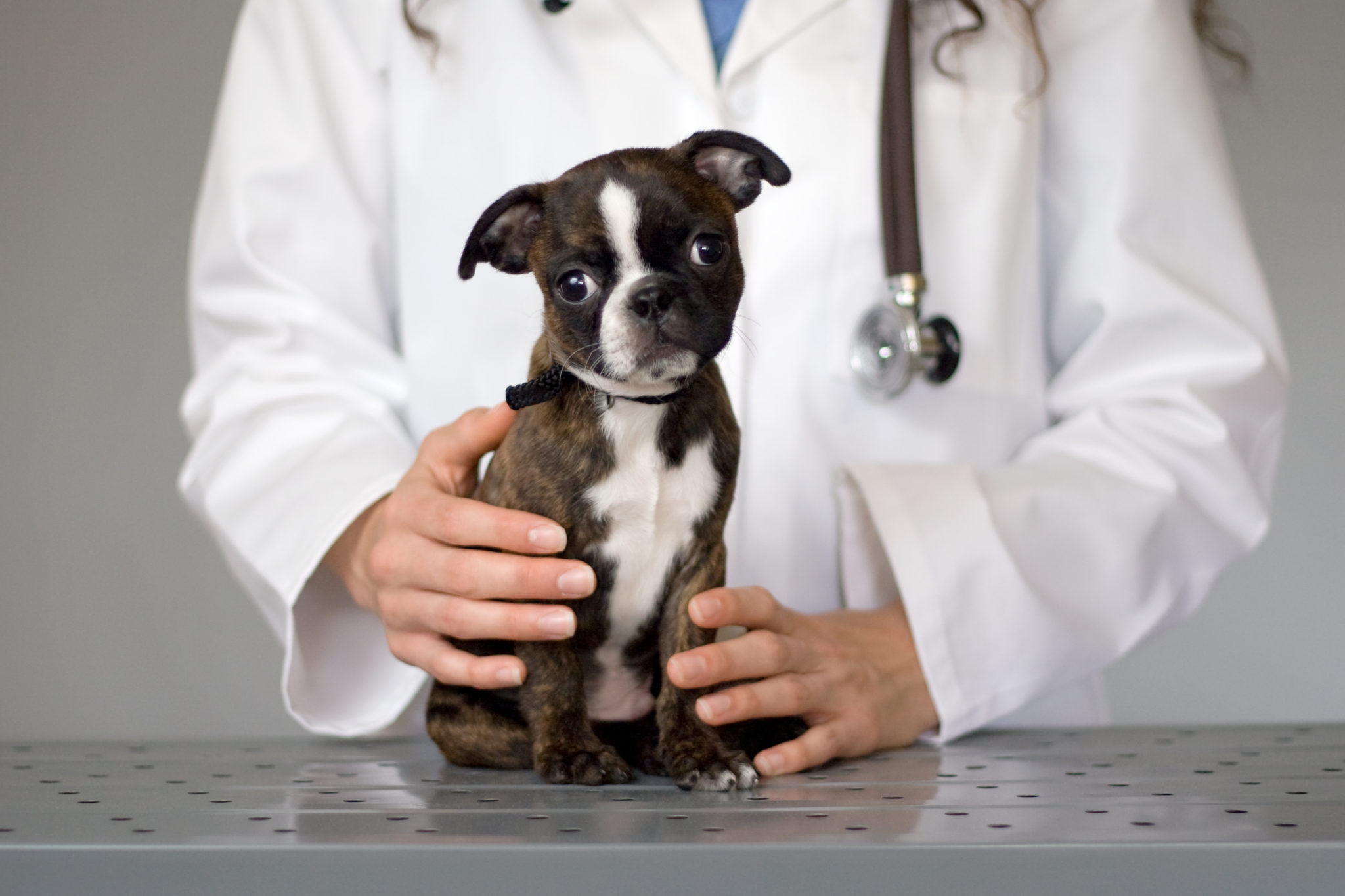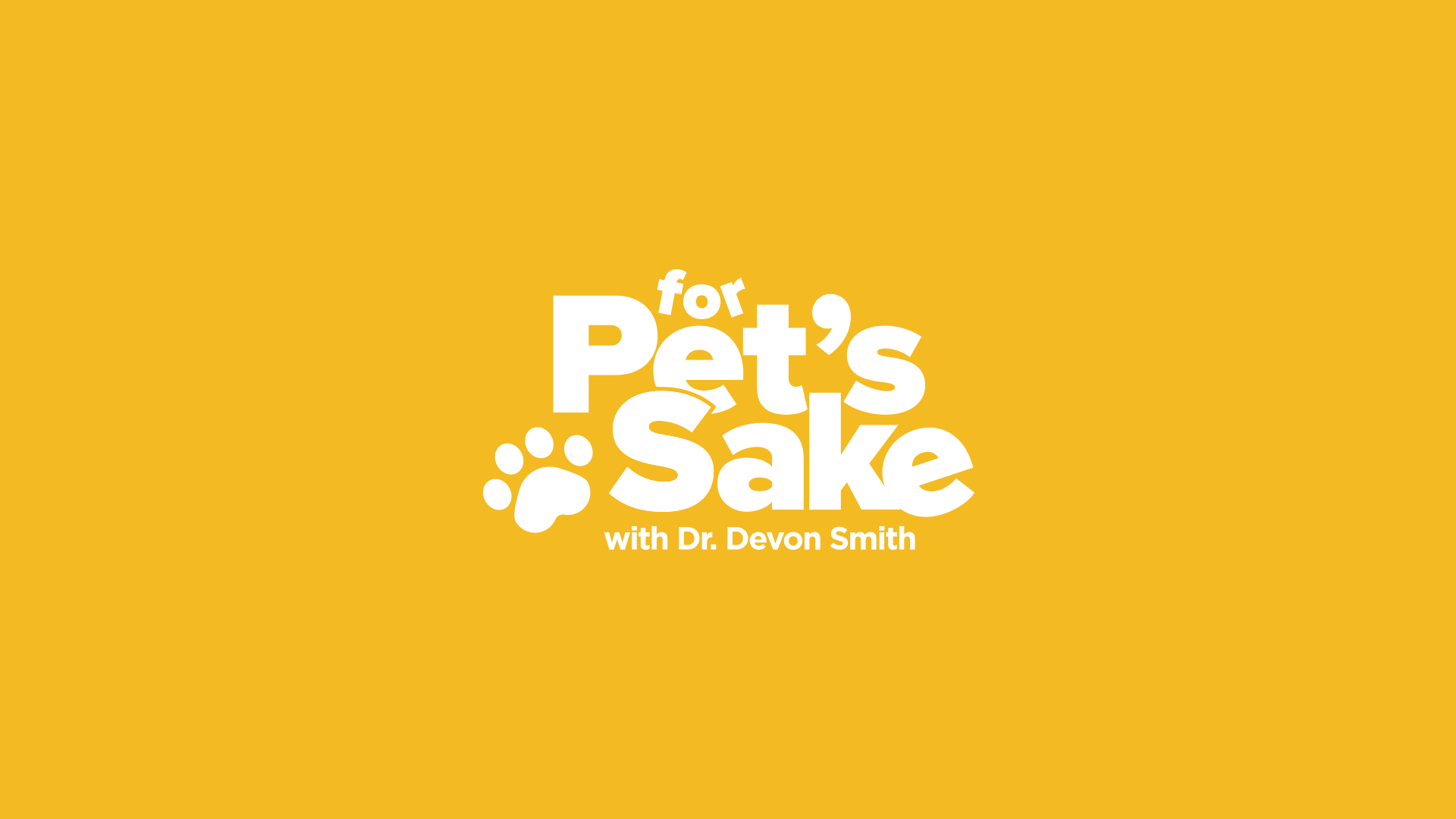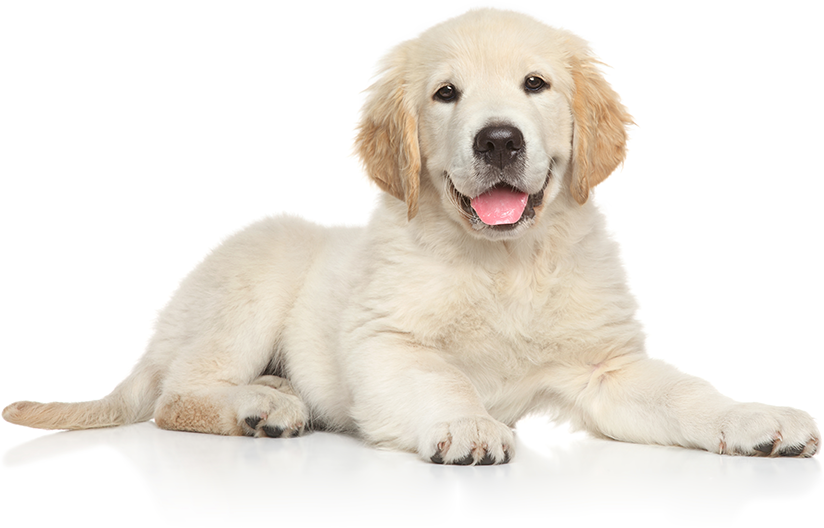
May 15, 2020 | By, For Pet's Sake
How COVID-19 will change your visits to the vet
By now, you’ve probably heard all about the symptoms of COVID-19, how to disinfect your home properly, and what to do if you get sick. But what if your pet develops an illness?
Veterinarians are among the workers deemed essential during the pandemic. This means you can still seek treatment for your pets if they become ill, but there are some rules and courtesies you should follow in order to protect yourself and others.
The main concern for veterinarians is the personal interaction with owners that happens during routine visits. Not only do the vets need to care for the sick pet, but they also need to be wary of owners who are asymptomatically positive for COVID-19.
What to do if you or your pet becomes sick
- Technology is your best friend. Call ahead to verify the vet is open and available to see you and your pet. Some clinics may not have the capacity to accommodate several people in the waiting room while following the CDC’s social distancing guidelines.
- If your vet’s clinic offers telemedicine, you can sometimes receive the medical advice you need through a video or phone call, skipping the face-to-face interaction altogether.
- If you become sick with COVID-19, ask a family member or friend to take care of your pet and handle any vet visits while you recover. Telemedicine is also a good alternative for sick owners because the CDC advises owners to avoid the vet if they show signs of COVID-19 or test positive for the virus.
- As much as possible, separate yourself from your pet if you show symptoms of COVID-19. This includes petting, snuggling, and sharing a bed with your pet. Pets can sometimes get the virus from humans who have tested positive for COVID-19. If your pet has been exposed to someone with the virus, look out for these symptoms that may develop.
How veterinarians can prepare and protect themselves
- Promote telemedicine for non-essential and minor requests. This will limit the amount of staff needed at the clinic, and it will also reduce the influx of owners.
- Establish sick policies for staff and try to limit the sharing of exam rooms and equipment.
- Wear personal protective equipment (PPE) under appropriate circumstances. The CDC outlines scenarios in which veterinarians should wear PPE.
- Have plans in place for interacting with owners who might be sick. Conduct thorough screenings via phone to determine if an owner is potentially infected. If the owner is infected, try to arrange a drop-off point or direct them to an isolated exam room that can be disinfected after the appointment.
- Call the state public health veterinarian for guidance when treating a pet that is presumed or confirmed to be positive for COVID-19.
If your pet does test positive for COVID-19, follow state veterinarian advice and CDC guidelines about the time and testing necessary before your pet resumes normal activities. Veterinarians should only test pets for COVID-19 when other more common illnesses have been ruled out and if there is evidence the pet was exposed to the virus.
Have a question about pet health? Want to become the best possible pet parent? Find helpful tips, reminders, and insight to giving your furry friend the best possible care with For Pet’s Sake! Learn more at drdevonsmith.com.

